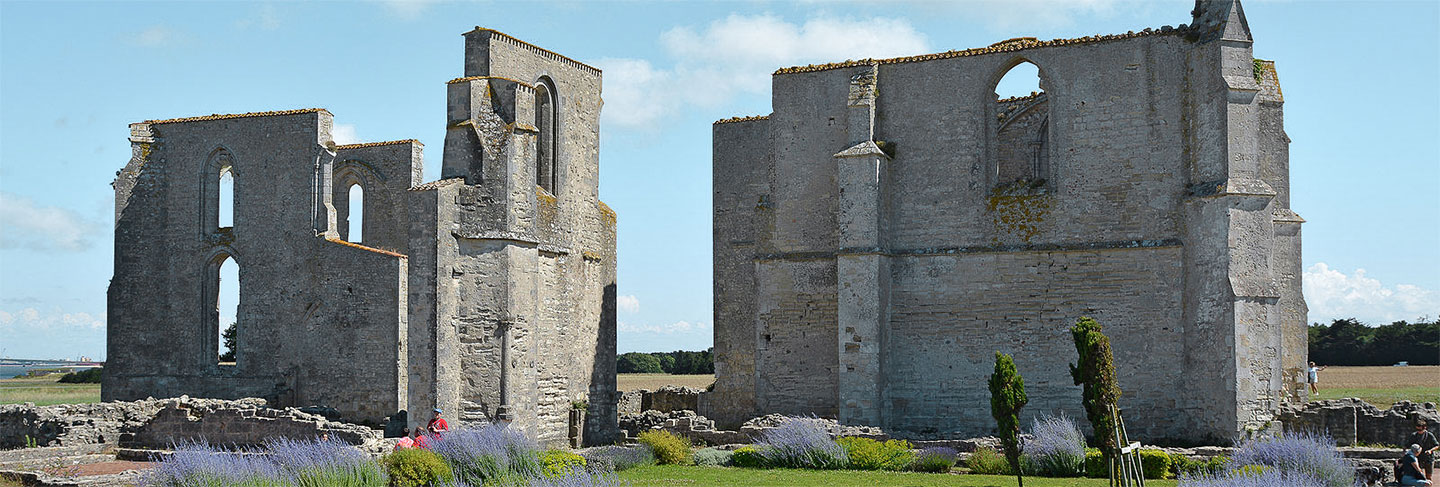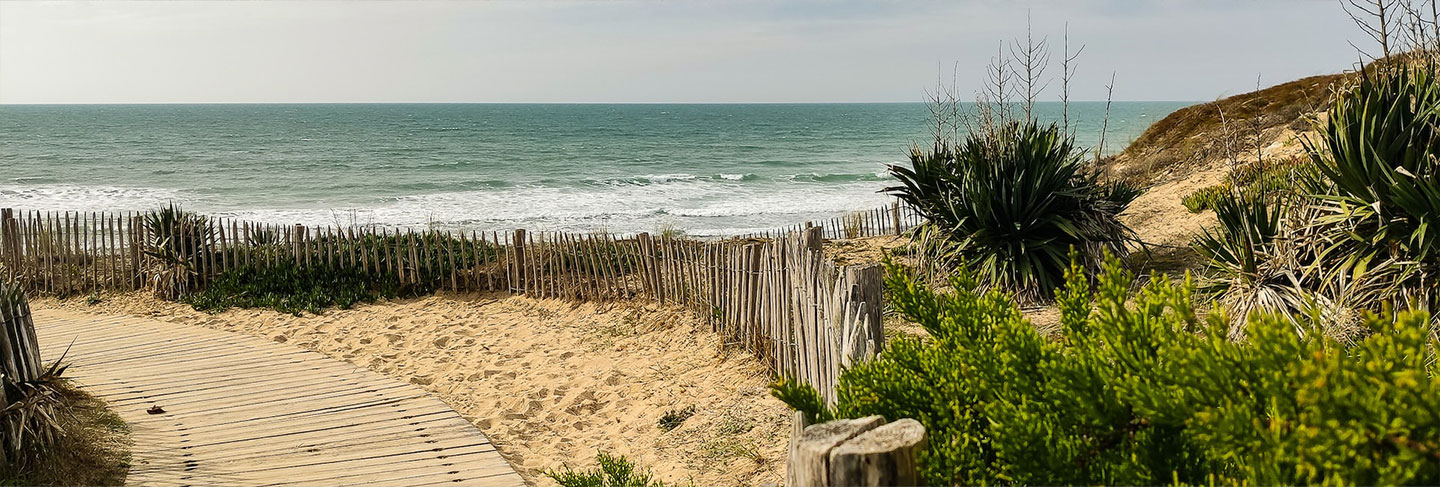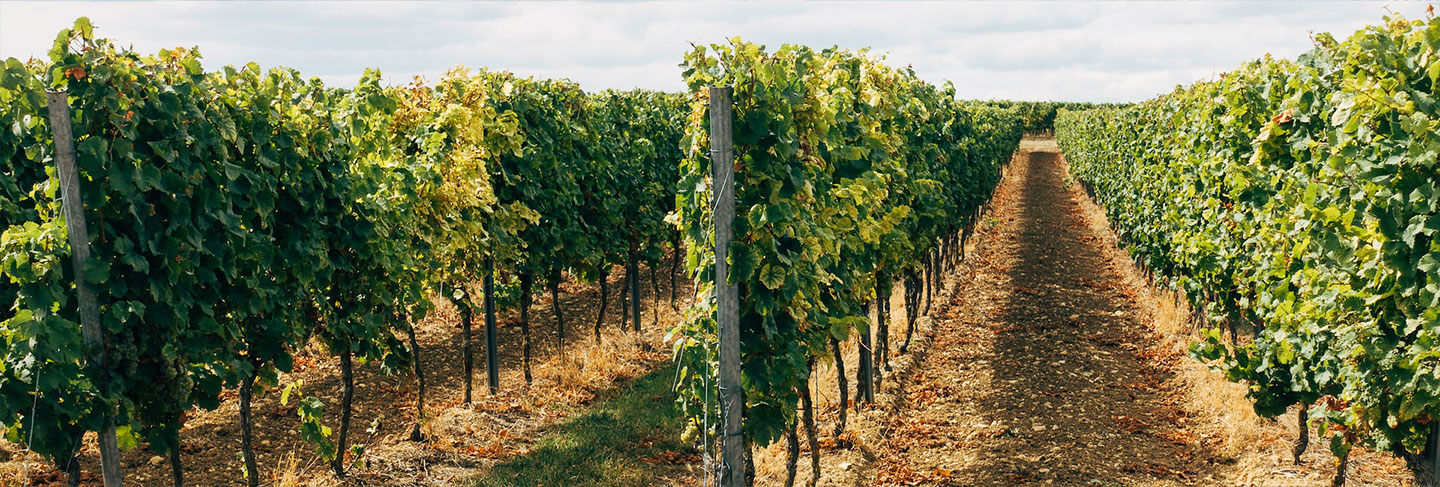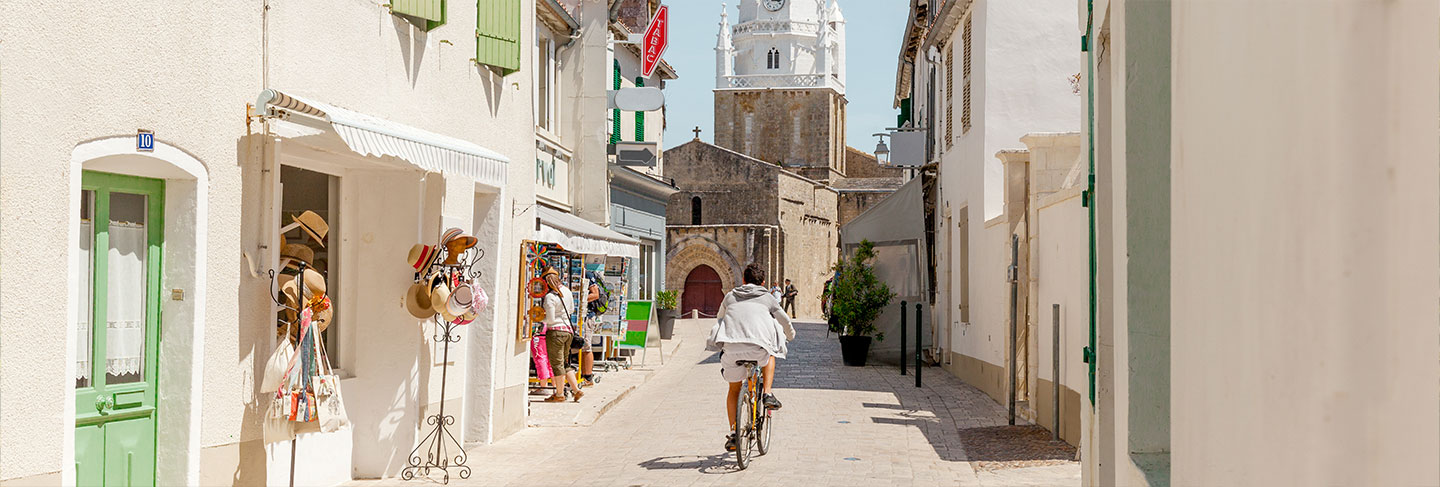The island of Ré may not be very large, but it is home to many natural and historical treasures. Jump on your bike and discover the wonders of the Ile de Ré during a holiday where peace and tranquillity are the order of the day!
Founded in the 12th century by Cistercian monks, the Châteliers Abbey is the oldest monument on the island, and the origin of wine and salt production on the Ile de Ré. Destroyed by the English and during the religious wars, it was classified as a historic monument in 1990 before becoming the object of a restoration programme. The remaining vestiges of the building, set in the middle of a green plain, lend this place a unique mystical and poetic atmosphere.
This fortified parish church was built in several stages beginning in the 12th century. Its bell tower, annexed in the 15th century, served for a long time as a fixed point for navigation as well as a maritime surveillance post. Today it is accessible to tourists and offers a 360° panorama of the surrounding vineyards and meadows, and a direct view of the island of Oléron and Fort Boyard.
With its 100 kilometres of coastline, the Ile de Ré has some of the most beautiful powdery beaches on the Atlantic coast. For swimming, the most popular beaches are in the south of the island (La Couarde-sur-Mer, Le Bois-Plage-en-Ré), which are sheltered from the prevailing winds.
The northern beaches have a wilder and more untamed appearance, such as the Conche des baleines, which is bordered by the Lizay forest and the dunes. It is an ideal place for swimming and walking.
Our favourite beaches are the Grenettes beach, the Couarde beach, the Conche des baleines and the small beaches from Les Portes-en-Ré to La Patache.
Renowned beyond its borders for its production of fleur de sel, the Île de Ré is covered with hectares of salt marshes. As you walk or cycle through the heart of this age-old natural and cultural heritage, be sure to catch a glimpse of the salt workers at work. The methods of harvesting the fleur de sel, from June to September, are still carried out according to a traditional model developed in the Middle Ages.
At the tip of the island, in the heart of the marshes and mudflats of the Fier d'Ars, the Lilleau des Niges Nature Reserve is the habitat of thousands of birds, including several migratory species, which stop over in the spring and autumn. This 120-hectare area, managed by the Ligue de Protection des Oiseaux, is one of the most important sites for birdlife in Europe. You can discover this jewel of biodiversity by hiking, walking or cycling, during family walks or through guided tours.
Built at the end of the 17th century, the Vauban fortifications in the commune of Saint-Martin-de-Ré have been on the Unesco World Heritage List since 2008. The characteristic star-shaped enclosure was originally designed to shelter the entire population of the island in the event of an invasion.
Hiking enthusiasts or casual explorers can wander around the ramparts on a footpath and then take a stroll through St. Martin, a very pleasant little town with a charming harbour.
Originally introduced by the monks in the 13th century, winegrowing quickly spread to the point of occupying most of the island's arable land at the end of the 19th century. Today, it represents about 650 hectares of crops dedicated to the production of white, rosé and red wines, and sparkling wine, on the terroir of Pineau des Charentes and Cognac. Vineyards therefore shape both the island's identity and its landscape.
The wine is produced from eight different grape varieties: ugni-blanc, colombard, chardonnay, sauvignon for the white wines and merlot, cabernet franc, sauvignon and tannat for the red wines.
Meet the winemakers and take part in a tasting session by taking a bike ride to the cooperative cellar. The cellar is located on the road leading from Sainte-Marie-de-Ré to Bois-plage. The visit is free and allows everyone to discover the cellars where the wine is aged.
Venelles adorned with rows of hollyhocks, pretty white houses adorned with shutters in shades of green, blue or grey, small lively markets... The Ile de Ré is renowned for its charming villages, where the sweetness of life is abundant.
Ars-en-Ré
Ranked among the most beautiful villages in France, Ars-en-Ré stands out among a verdant vineyard landscape. The emblematic Saint-Etienne church (15th century) is crowned by a black and white gothic-style bell tower. The market of Ars is one of the beautiful markets on the island, and is open every day from April to September.
Loix
Loix is a small village with quaint lanes and alleys, which has retained its authentic, rural character. Located in the middle of the salt marshes, it is linked to the Ile de Ré by the Feneau bridge.
Le Bois-Plage en Ré
This beautiful village is home to the largest market on the island, with 150 traders! Take a seat at the church square and enjoy a coffee on the terrace in its traditional atmosphere.
Saint-Martin de Ré
Saint Martin de Ré, the capital of the Ile de Ré, is a village of character with beautiful bourgeois houses and private mansions. The lovely harbour is home to a handful of fishing boats and a number of sailing ships. It is lined with cafés and restaurants with lively terraces.
Sainte-Marie-de-Ré
From vineyards to the ocean, Sainte-Marie-de-Ré is one of the oldest villages on the island. In this beautiful historic village, you can discover old winegrowers' houses, chapels and walled gardens.
La Flotte
Once a small fishing town, La Flotte is now listed as one of the most beautiful villages in France. Its medieval-style market is a landmark for foodies.
Les Portes-en-Ré
Nestled among forests, salt marshes and the beach, Les Portes-en-Ré is a charming village with flower-lined lanes, white houses and green shutters.
Built in 1849, the Baleines lighthouse is one of the emblematic monuments of Ile de Ré's cultural heritage. This octagonal tower owes its name to the disorientated whales that used to come ashore. After climbing the 257 steps, you will be rewarded with a 360° panorama of the island and the ocean, and, on a clear day, the Vendée coast. The site, classified as a Historic Monument, also includes the Old Whale Tower (1669), as well as an instructive museum describing the history of the lighthouse and its operation. After your visit, take an ice cream or a waffle at La Martinière - the best on the island!






